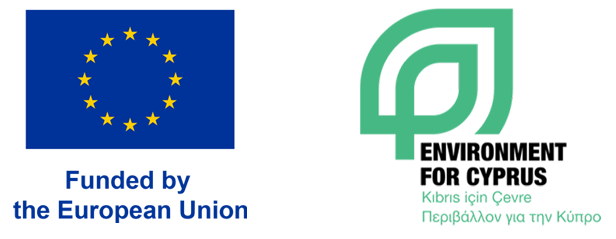
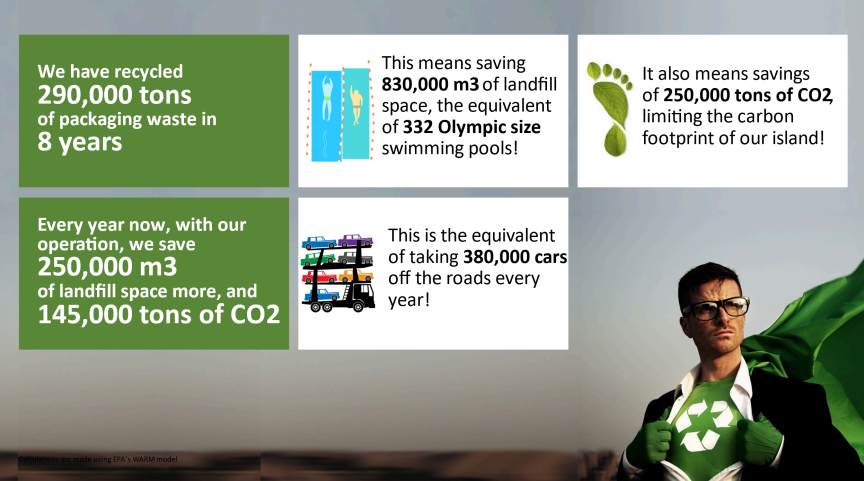
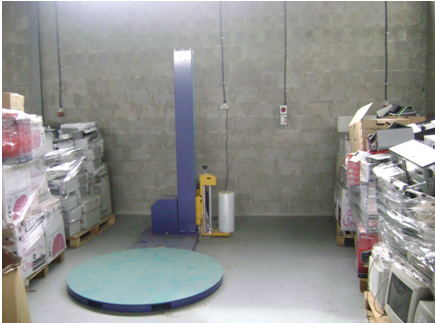
Resource circularity initiatives depend many times on scale. You need to have sufficient generation of secondary raw materials to make it feasible to prepare it for reuse and recycling and a good number of off-takers interested in the use of the resource directly, or as a raw material in their production.

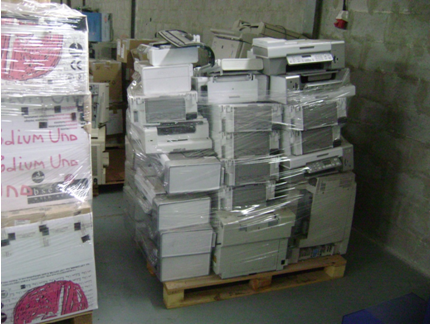
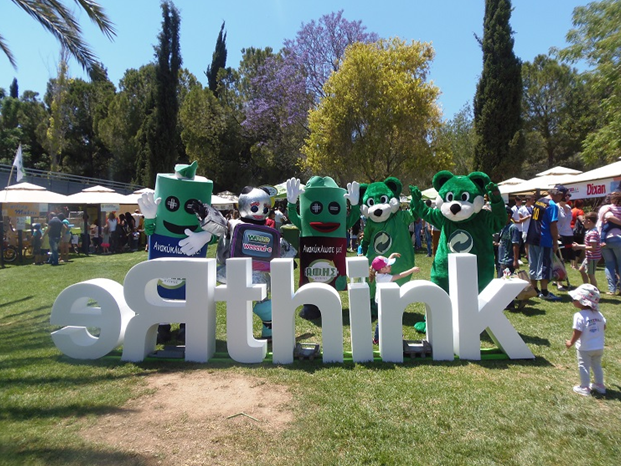
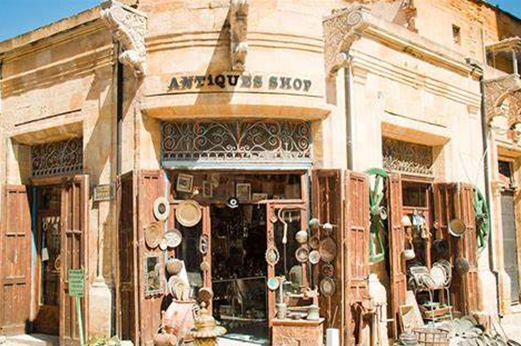
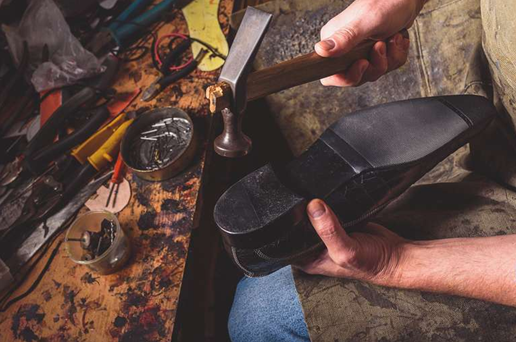
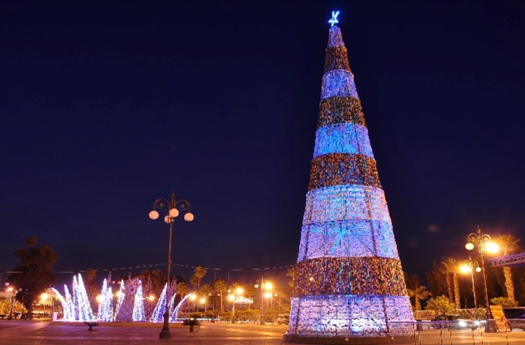
These can be used to derive the impact of the recycling or packaging in the whole lifespan of Green Dot Cyprus, when 700,000 tons of packaging have been recycled. Of course, a lot of the final recycling is done abroad (material is exported for recycling) due to the small scale of the market, which again raises the fact that we could do better locally if we had systems in place to collect the recyclables island wide.
Besides recycling, the collection of more material at the end of their life create opportunities for reuse. The EPR systems have undertaken many initiatives for reuse in different formats. They have been working with civil society organizations interested in reuse and have been providing electrical and electronic equipment to them for free for refurbishment and reuse. The WEEE EPR system under WEEE Cyprus, has always given priority to reuse and uses a local WEEE reuse company to evaluate and reuse any electronic equipment that has reuse potential locally or internationally. Noticeable quantities of WEEE have been promoted to reuse through this collaboration over the last 15 years.
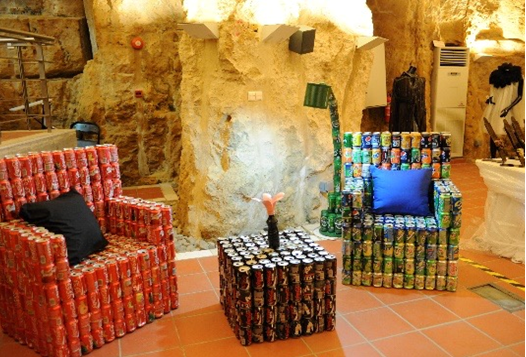
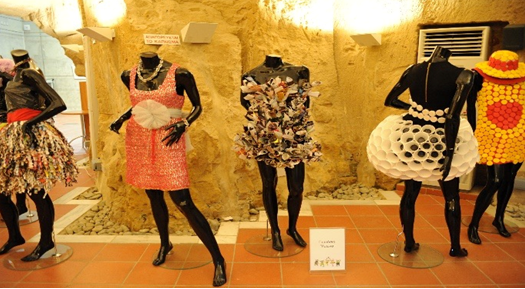
Kyriakos Parpounas
Discover MoreThe content of this blog is the sole responsibility of the author and do not necessarily reflect the views of the European Union.
